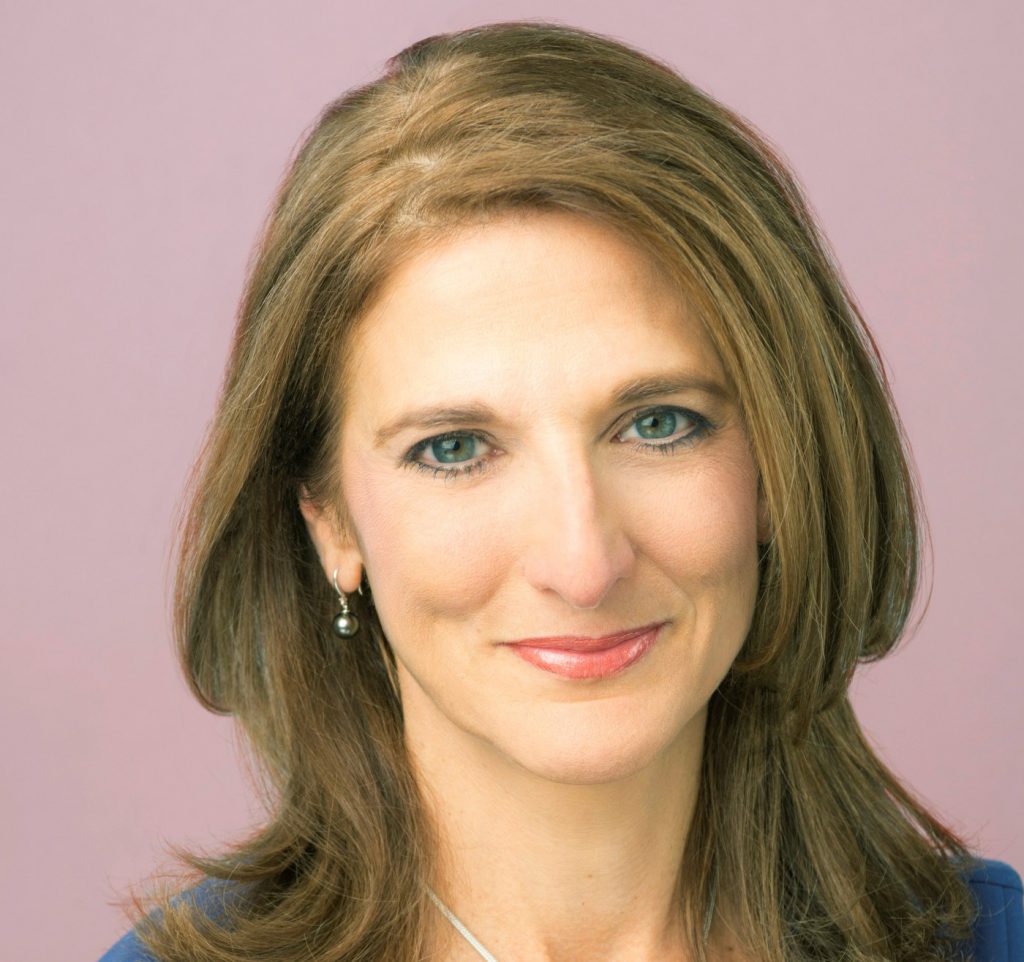Are Americans prepared for retirement? It depends on who you ask.
Related Articles
The best days to fly around the Fourth of July in 2024
Subscriptions are hard to cancel and easy to forget — by design
How much does DoorDash pay? I tried delivering to find out
US rents climbed 1.5 times faster than wages in last four years
7 surprising facts about credit cards
The Alliance for Lifetime Income (ALI) released a study with an eye-catching headline: Two-thirds of peak Baby Boomers are not financially prepared for retirement.
However, results of EBRI’s 2024 Retirement Confidence Survey (RCS) found “two-thirds of the workers and three-fourths of the retirees are very or somewhat confident about having enough money to live comfortably in retirement.”
Two retirement surveys, two different results?
Not so fast. The ALI survey crunches retirement numbers while EBRI asks how we feel about our retirement readiness, and there can be a chasm between the two.
ALI focused on “Peak Boomers,” defined as those Americans who will turn 65 between 2024 and 2030, of which there are 30.4 million. According to the study, more than half of these soon-to-be retirees will rely primarily on Social Security for income, which was intended to replace about 40 percent of annual pre-retirement earnings.
ALI went deeper to determine if assets accumulated (the median retirement savings for Peak Boomers is $225,000) would augment Social Security and last up to 20 or more years in retirement. The answer is that two-thirds of Peak Boomers “will be challenged to maintain their lifestyles in retirement.”
Conversely, the RCS asked people how confident they felt in their ability to live comfortably throughout their retirement. While 68% may feel confident, only about half have run the numbers. If they did, the results might be similar to ALI, because “a sizable percentage of workers say they have very little or no money in savings and investments.”
Forty-seven percent report that the total value of their savings and investments, excluding the value of their primary home, is less than $100,000. (RCS relies on workers to self-report, EBRI relies on Federal Reserve data.)
Ultimately, the two surveys may be closer than their respective headlines would indicate. The notion that millions of Americans are facing an uncertain retirement reality is the focus of a new book by economist and author Teresa Ghilarducci. In Work, Retire, Repeat: The Uncertainty of Retirement in the New Economy, Ghilarducci dives into the numbers and finds a two-tiered retirement system, where only “21% of Americans aged 62-70 have enough money to maintain their standard of living in retirement.” Of the 79%, “51% are retired but can’t maintain their pre-retirement standard of living. And the rest, 28%, are working and cannot afford to retire.”
Perhaps you are wondering why these people didn’t save more or work longer.
Ghilarducci says “most retirees lament retiring earlier than planned because they were laid off, forced out, or their health or their spouse’s health drove them out of the labor force.”
I have spoken to many of these folks and have found that they were not spendthrifts, rather they were often unlucky and had to find lower paying jobs to meet their obligations.
For those facing a shaky retirement, getting the most out of the Social Security system should be a priority. Although you can claim benefits as early as age 62, doing so will permanently reduce your income for the rest of your life. This may also impact a non-working spouse who is relying on your record for their benefits.
Instead, people should try to wait until Full Retirement Age, which for anyone born after 1960, is 67, or until age 70, when benefits max out.
Doing so allows you to get Delayed Retirement Credits, which increases benefits by 8% per year. Ghilarducci says these credits are “the best financial deal on the planet…waiting to claim from age 62 to 70 raises one’s monthly lifetime benefits by more than 30%.”
Related Articles
Silicon Valley billionaire loses bid to end Martins Beach access suit
The surprising force stalling climate progress: California restaurants
Big San Jose office building is seized by lender as market wobbles
Bay Area small businesses struggle with inflation as optimism slides
California actor found guilty of soliciting investments for phony COVID-19 cure
Jill Schlesinger, CFP, is a CBS News business analyst. A former options trader and CIO of an investment advisory firm, she welcomes comments and questions at [email protected]. Check her website at www.jillonmoney.com.


